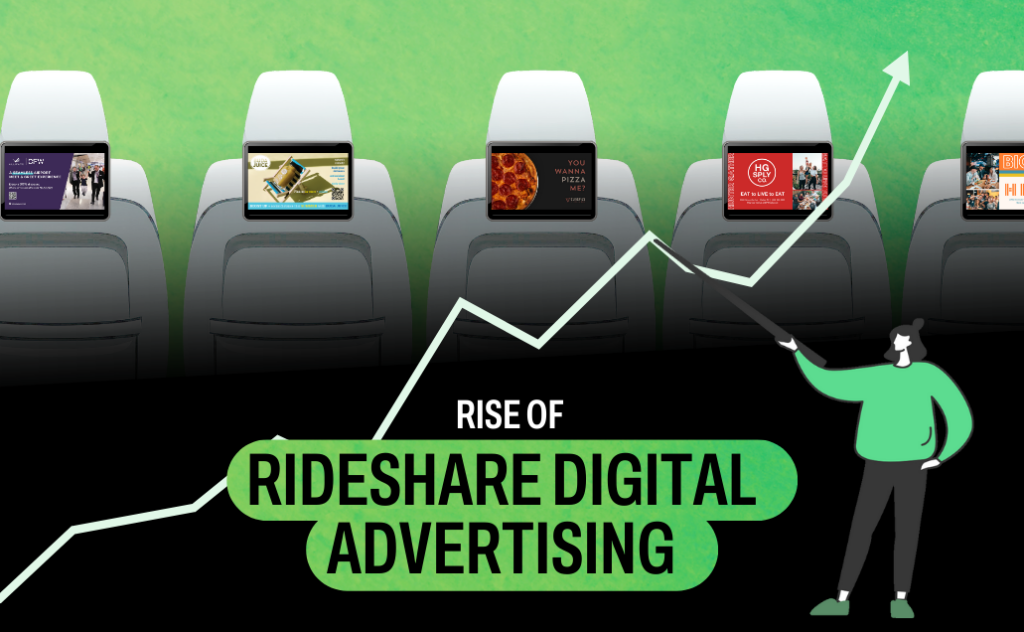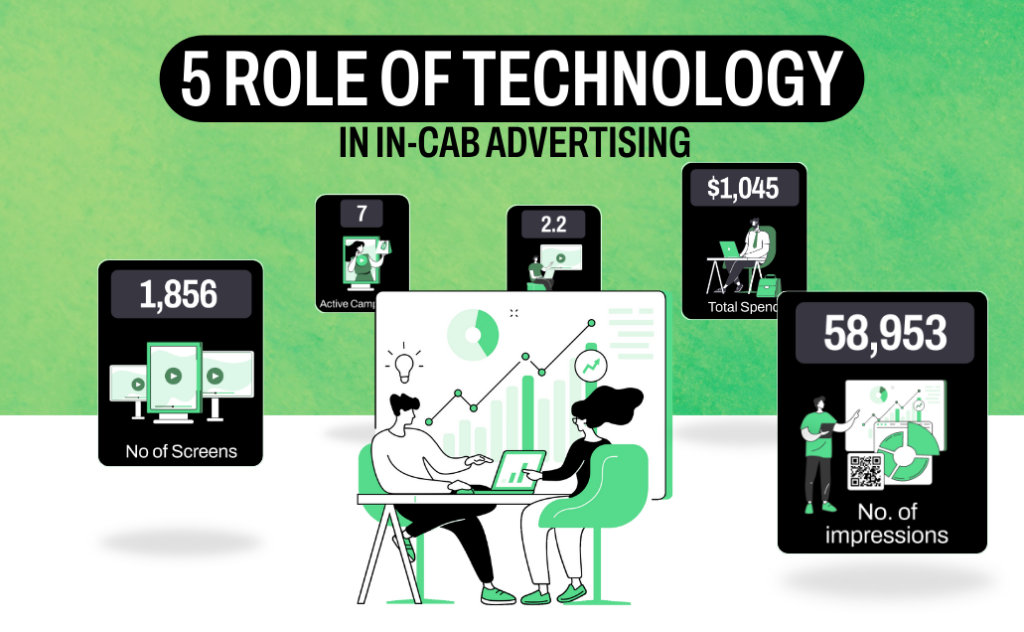1. Enhanced Visibility and Impact
Digital screens offer unparalleled visibility compared to traditional static ads. With high-definition displays and vibrant colors, digital screens capture the attention of travelers more effectively. Airports are leveraging this technology to showcase ads with high visual impact, making it easier for brands to stand out in the crowded and fast-paced environment of an airport terminal.
2. Real-Time Content Updates
One of the key advantages of digital screens is the ability to update content in real time. This flexibility allows advertisers to adapt their messages based on current events, flight schedules, or even real-time weather conditions. For example, an ad promoting a travel app can dynamically display relevant information about flight delays or gate changes, providing immediate value to travelers.
3. Interactive Advertising Experiences
Digital screens facilitate interactive advertising experiences, engaging travelers in ways that traditional ads cannot. Interactive kiosks and touchscreens allow travelers to interact with advertisements, participate in contests, or access personalized offers. This level of engagement not only captures attention but also enhances the effectiveness of the advertising message.
4. Targeted Advertising and Data Integration
Digital screens enable highly targeted advertising through data integration. By leveraging data from sources such as flight information, traveler demographics, and behavior patterns, airports can deliver personalized ads that resonate with individual travelers. For instance, a digital screen near the departure gate might display ads for luxury products to travelers on international flights, while showing local dining options to those on domestic flights.
5. Enhanced Branding Opportunities
Digital screens offer enhanced branding opportunities with their ability to deliver high-quality visuals and dynamic content. Brands can use these screens to create immersive and memorable experiences, from full-motion videos to stunning graphics that reflect their brand identity. This level of visual sophistication helps brands reinforce their image and make a lasting impression on travelers.
6. Integration with Social Media
The integration of digital screens with social media platforms is another game-changer in airport advertising. Airports can use digital screens to display real-time social media feeds, user-generated content, or interactive social media campaigns. For example, a campaign might encourage travelers to share their airport experiences on social media, with selected posts featured on digital screens throughout the terminal.
7. Improved Engagement Through Motion and Sound
Digital screens can incorporate motion graphics and sound, further enhancing their ability to engage travelers. Motion graphics attract attention more effectively than static images, and sound can amplify the ad’s message or create an immersive experience. For example, a travel brand might use a digital screen with motion graphics and background music to showcase a destination, creating a more compelling and engaging ad.
8. Flexibility and Scalability
Digital screens offer unparalleled flexibility and scalability in airport advertising. Advertisers can easily adjust their content, test different messages, and scale their campaigns across multiple screens. This adaptability allows for more agile and responsive advertising strategies, catering to the ever-changing dynamics of airport environments.
9. Sustainability and Cost Efficiency
Compared to traditional print advertising, digital screens offer a more sustainable and cost-effective solution. They reduce the need for physical materials, which not only lowers production costs but also minimizes environmental impact. Additionally, digital ads eliminate the need for frequent physical updates, further enhancing cost efficiency.
10. Data Analytics and Performance Tracking
Digital screens provide valuable data analytics and performance tracking capabilities. Advertisers can monitor metrics such as viewership, engagement rates, and interaction levels to assess the effectiveness of their campaigns. This data-driven approach allows for continuous optimization and refinement of advertising strategies, ensuring better results and higher return on investment (ROI).
Conclusion
The advent of digital screens has significantly transformed airport advertising, offering brands innovative ways to engage with travelers and deliver impactful messages. From enhanced visibility and real-time updates to interactive experiences and targeted content, digital screens are reshaping the advertising landscape in airports. Their flexibility, scalability, and integration with data and social media provide advertisers with powerful tools to create memorable and effective campaigns.
As technology continues to advance, the role of digital screens in airport advertising will likely expand further, offering even more creative and engaging opportunities for brands. Embracing these innovations can help advertisers stay ahead of the curve and make a lasting impression on the diverse and dynamic audience that frequents airports around the world.




